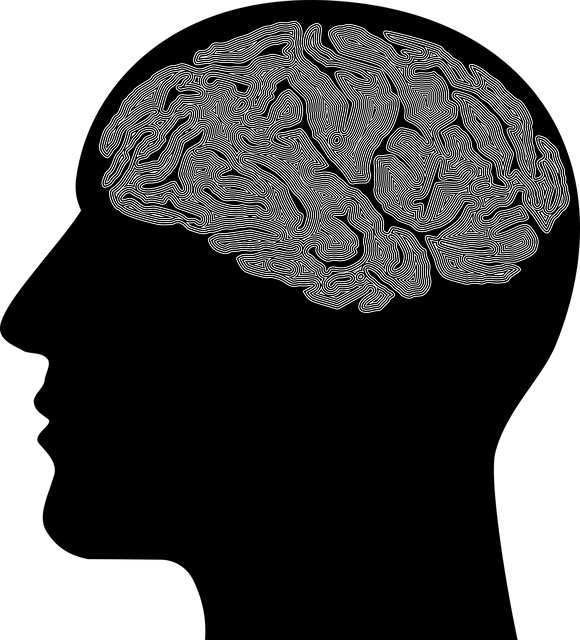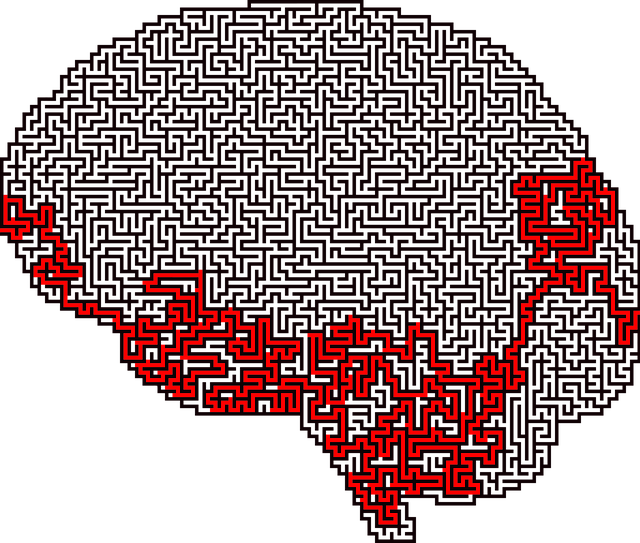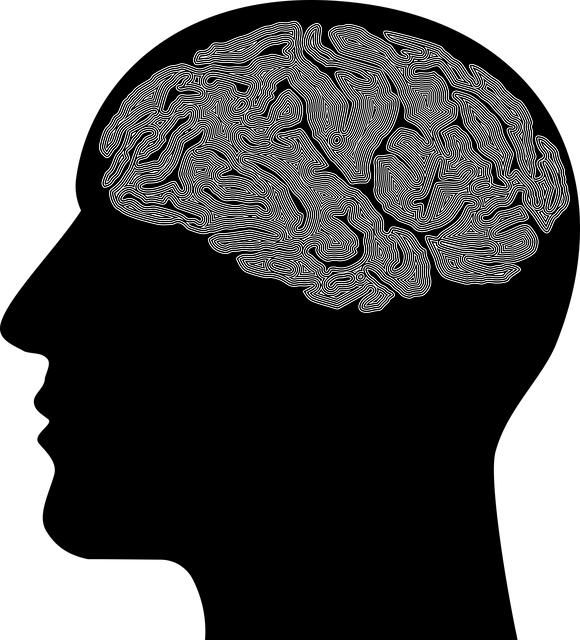Mental wellness program evaluations in the workplace employ a combination of quantitative and qualitative methods, such as surveys, interviews, focus groups, and feedback mechanisms, to assess changes in stress, anxiety, and depression levels. These techniques gather insights on therapy for adults with workplace issues and job stress, including stigma reduction, cultural competency training, and risk assessment management. Organizations use survey tools and open communication channels to optimize programs, aligning them with employees' well-being needs, while researchers leverage both qualitative and quantitative data to gain comprehensive understanding of program effectiveness.
Mental wellness programs in the workplace are becoming increasingly vital as organizations recognize the impact of employee well-being on overall organizational success. This article delves into effective evaluation methods for these programs, exploring assessment techniques, outcome tracking, and continuous improvement strategies. From survey tools and qualitative data to key performance indicators (KPIs), we discuss how to measure the success of mental wellness initiatives aimed at addressing adult workplace issues and job stress through evidence-based adjustments.
- Assessment Techniques for Workplace Mental Health Programs
- – Discussion on survey tools and employee feedback methods
- – Qualitative vs quantitative data collection techniques
Assessment Techniques for Workplace Mental Health Programs

The evaluation of mental wellness programs in the workplace is a multifaceted process that employs various assessment techniques to gauge their effectiveness. These methods range from quantitative surveys and interviews to qualitative feedback mechanisms, all designed to capture the impact on employees’ mental health and overall well-being. For instance, structured questionnaires can help identify changes in stress levels, anxiety, and depression, providing valuable data for program improvement.
In addition, qualitative approaches such as focus groups and one-on-one interviews offer deeper insights into participants’ experiences with therapy for adults facing workplace issues and job stress. These discussions may reveal perceptions about mental illness stigma reduction efforts, the role of healthcare provider cultural competency training in fostering inclusive environments, and individual stories of risk assessment and management within these programs. By integrating both quantitative and qualitative data, organizations can make informed decisions to enhance their mental wellness initiatives.
– Discussion on survey tools and employee feedback methods

Survey tools and employee feedback mechanisms play a pivotal role in evaluating the effectiveness of mental wellness programs in the workplace. These methods provide valuable insights into employees’ experiences, allowing organizations to identify areas of success and potential challenges related to Therapy for Adults with Workplace Issues and Job Stress. Various survey instruments, ranging from simple satisfaction surveys to comprehensive well-being assessments, can be employed to gauge the impact of these programs. By gathering quantitative and qualitative data through anonymous feedback forms or structured interviews, employers can understand employee perceptions about the accessibility, relevance, and overall benefits of the initiatives offered.
Additionally, incorporating self-care routine development as part of the evaluation process encourages employees to reflect on their well-being. This proactive approach not only complements the program’s objectives but also aligns with strategies such as Trauma Support Services and risk management planning for mental health professionals. By fostering open communication and providing platforms for feedback, organizations can create a culture that prioritizes employee mental health, ensuring that programs remain relevant, effective, and tailored to the unique needs of the workforce.
– Qualitative vs quantitative data collection techniques

When evaluating mental wellness programs, researchers often employ either qualitative or quantitative data collection techniques, each offering unique insights into participant experiences and outcomes. Qualitative methods, such as interviews, focus groups, and surveys with open-ended questions, delve into individuals’ subjective perceptions, personal narratives, and emotional responses to therapy for adults with workplace issues and job stress. This approach allows participants to share their experiences in a more nuanced way, providing rich contextual information that quantitative data might miss.
Quantitative techniques, on the other hand, focus on collecting measurable data through structured surveys, rating scales, and statistical analyses. By employing these methods, researchers can assess changes in symptoms, attitudes, and behaviors over time, offering evidence-based insights into the effectiveness of mental wellness coaching programs development and stress management workshops organization. This objective data is invaluable for tracking progress, identifying areas for improvement, and demonstrating the tangible benefits of such initiatives, including confidence boosting strategies.
Evaluating mental wellness programs in the workplace is crucial for ensuring effective therapy for adults facing work-related issues and job stress. By combining qualitative and quantitative data collection techniques, such as employee feedback surveys and in-depth interviews, organizations can gain valuable insights into program effectiveness. This comprehensive approach allows for a nuanced understanding of participant experiences, enabling continuous improvement and tailored support to address workplace mental health challenges head-on.











